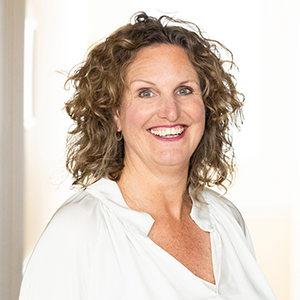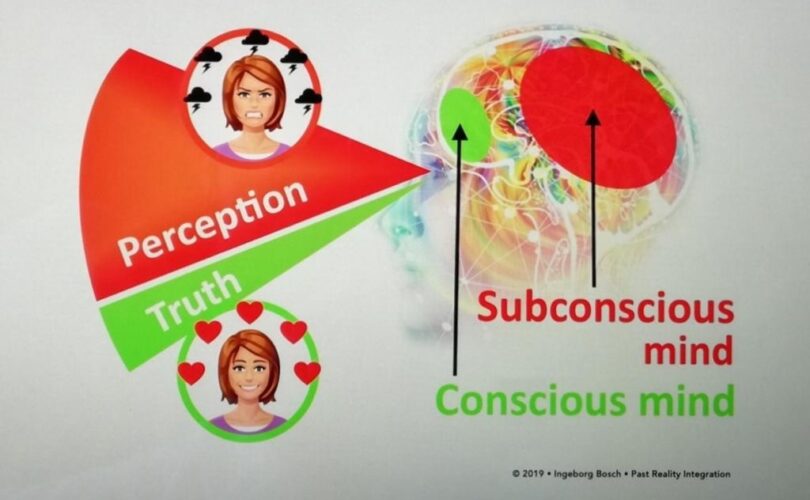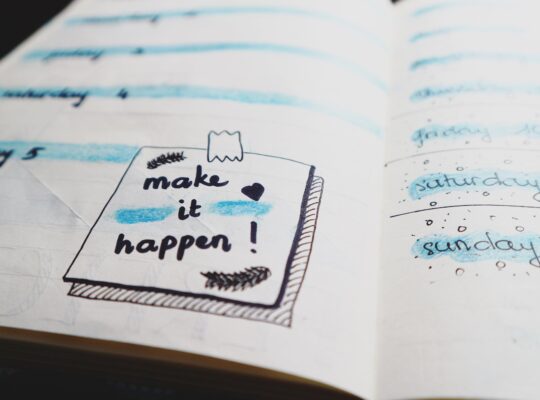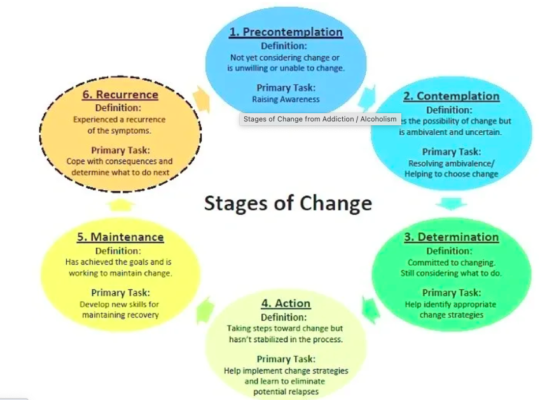Featured Image Credit: Copyright: Ingeborg Bosch, Past reality integration (PRI) www.prionline.nl
Negative self perception
Do you recognize this feeling of inadequacy and self-doubt? It’s that relentless voice that whispers, “I am not good enough.” It’s easy to compare ourselves to others who seem to have it all figured out, believing that they possess some magical ingredient for success. We may find ourselves feeling stuck in the same place while others effortlessly move forward. But here’s the truth: everyone has their own journey, their own challenges, and their own insecurities. You possess unique beauty and strengths within you. Negative self-perception can cloud our judgment, but remember, these thoughts are self-imposed limiting beliefs, not accurate reflections of who you are. Challenge and reframe your thoughts to minimize limiting beliefs.
What are limiting beliefs?
They are deeply ingrained thoughts based on past experiences that continue to hold us back in the present.
Unlock Your True Potential: 5 Powerful Steps to Overcome Limiting Beliefs
Attention
When you’re young, everything is fine. You get all the attention. But there comes a time when that changes. There comes a moment when you have to compete with others, like your siblings, and when you go to school, there’s also the moment when you are judged. And the same goes for the dance profession. Sooner or later, you find yourself in an emotional situation. You may become sad, anxious, or angry.
In those emotional moments, you draw a conclusion, and that is the first step in the formation of limiting beliefs.
After the conclusion comes the next step, which is perception (see illustration). You start seeing situations around you that resemble situations where you don’t perform well or aren’t good enough, and you see that as the truth; see, it’s really true. Thirdly, you have an emotional reaction. You become sad, anxious, or angry. Then you start having thoughts about it. You start ruminating about yourself.That brings us to the last step:
Behavior. You make sure you are invisible to the outside world and behave insecurely. This way, you reinforce your limiting beliefs. You think what you tell yourself is actually true. You are firmly convinced of this truth, trapped in a circle of false narratives that you keep confirming.
Difference between belief and fact
Has there ever been a situation where you thought something was happening but it turned out to be different from what actually happened?
We often react quickly to things based on assumptions. These assumptions are rooted in the beliefs we have about ourselves, others, and the world around us.
It can be a very useful exercise to write down what actually happened and what you think happened. Often, we mix up these two things and treat our beliefs as if they were facts. But when we start seeing things for what they are, there is a chance for our perspective to change and for us to see things as they truly are.
Diary
Take a piece of paper or your diary, create two columns: one for facts and one for beliefs. Recall some situations or thoughts and examine them. Then separate the facts from the beliefs and write them in the appropriate column. If something is 100% verifiable, it’s a fact. If you give your own “spin” to a scenario based on assumptions, it’s a belief.
Your beliefs about yourself are your biggest weakness but also your greatest strength. Read these 5 steps. Utilize your strength to implement the following 5 steps and overcome your limiting beliefs.
Recognize the belief.
- Before you can replace a negative and unproductive thought, you need to understand what it is and acknowledge that it plays a role in the way you think and act. Look at your list from your diary and see if you can identify the main belief and acknowledge it. Only by recognizing the limiting belief can you take action to change it.
Find the source.
- Discover where and how you developed the belief. It may go back a long way in time. “I’m not good enough” may have originated in your childhood. Take a moment to sit quietly. Close your eyes and try to recall past situations where the belief may have originated.
- Overcome limiting beliefs. Ask yourself the following questions:
“Is it really true?” Your belief may be partially true, but you have always accepted it as entirely true. “Can you be 100% certain that it is always true under all circumstances?” Something may be true in one environment but not in another. “How does it make you feel?” You may not feel good about it, but you have accepted it as true. “Who would you be without that belief?” Most of the time, you’ll realize that it would be nice not to have the belief that you’re not good enough.
- Create a new belief. A limiting belief is simply a sentence you constantly tell yourself. For example, “I’m not good enough.” In reality, you have a negative affirmation. You can counteract it with a positive affirmation. For example, “I am good enough as I am” or “I am a beautiful person.” Repeat it to yourself continuously until it becomes a new belief.
- Overcome limiting beliefs. “Act as if” and create evidence of success. You may be familiar with the saying “fake it ’til you make it,” and that’s exactly what you’re going to do here. Pretend that the new belief is true and feel how it feels. Just like with the new affirmation, repeat it as often as possible.
Try out these 5 steps for a while and see what happens. If you learn to look through a different lens and tell yourself a different story, eventually you will also start to see confirmation of that new story, and that’s what we want.
If you can’t figure it out on your own, I can guide you. Schedule an inspirational session with me, and together we will explore how you can overcome your limiting beliefs. Believe me, it will bring you tremendous benefits.

Ready to unlock your full potential and embrace a healthier lifestyle?
Together, we’ll create a customized plan designed specifically for you, providing the tools, guidance, and support you need to become the best version of yourself.
Source: https://psychologievansucces.nl/beperkende-overtuigingen-hoe-kom-je-er-van-af/ IIN, Tony Robbins, Byron Katie







